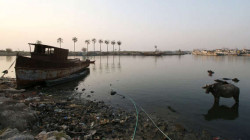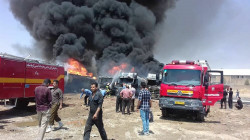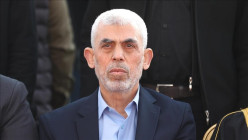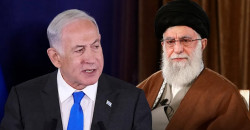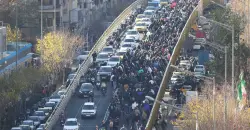Factbox-Death of woman in police custody puts plight of Iran's Kurds in focus
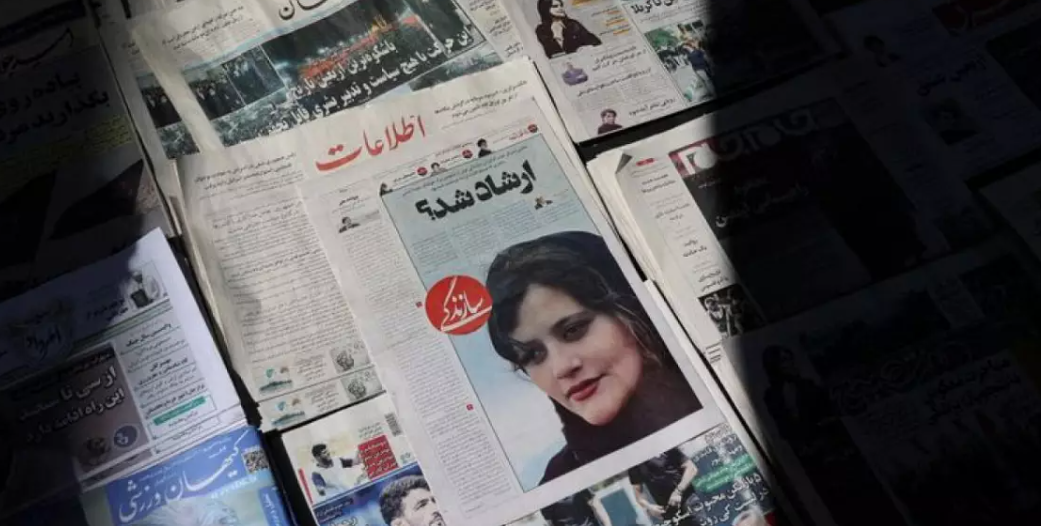
Shafaq News/ The death of young Iranian Kurdish woman Mahsa Amini in police custody in the Iranian capital Tehran has ignited nationwide anger and cast light on the status of her ethnic community.
At least three people were killed in Iran’s Kurdish region on Monday when security forces opened fire during protests over her death, a Kurdish rights group said, on a third day of turmoil over the incident last week.
Amini’s death could raise tension between the establishment and the Kurdish minority, which human rights groups say have been long oppressed by Iran’s leadership. The Islamic Republic denies persecuting Kurds.
Here are some facts about Iran’s Kurds, part of a community that is spread across several Middle East countries which is one of the world’s largest people without a state.
HISTORY
Minority Kurds, mainly Sunni Muslims in Shi’ite-dominated Iran, speak a language related to Farsi and live mostly in a mountainous region straddling the borders of Armenia, Iraq, Iran, Syria and Turkey.
Kurdish nationalism stirred in the 1890s when the Ottoman Empire was on its last legs. The 1920 Treaty of Sevres, which imposed a settlement and colonial carve-up of Turkey after World War One, promised Kurds independence.
Three years later, Turkish leader Kemal Ataturk tore up that accord. The Treaty of Lausanne, ratified in 1924, divided the Kurds among the new nations of the Middle East.
Kurdish separatism in Iran first bubbled to the surface with the 1946 Republic of Mahabad, a Soviet-backed state stretching over Iran’s border with Turkey and Iraq. It lasted one year before the central government wrested back control.
Iran’s 1979 Islamic Revolution touched off bloodshed in its Kurdistan region with heavy clashes between the Shi’ite revolutionaries and the Kurdish Party of Iranian Kurdistan (KDPI) which fought for independence.
After the 1980 eruption of the Iran-Iraq war, regular Iranian armed forces and Revolutionary Guards doubled down on their repression of Kurds so as to prevent them becoming a fifth column in Tehran’s fight against Saddam Hussein.
New militant groups such as the Kurdistan Free Life Party (PJAK) have emerged over the past two decades and have occasionally clashed with security forces. Their leaders have often sought refuge in Iraqi Kurdistan and have been targeted by Iranian missiles.
Kurdish claims have oscillated between full-on separatism and autonomy within a multi-ethnic Iranian state, spanning a wide political spectrum from left-leaning secularism to right-wing Islamist thought.
SOCIETY
With 8-10 million Kurds living in Iran, Tehran fears pressure for secession will grow among a minority with a long history of struggle for its political rights.
Rights groups say Kurds, who form about 10 percent of the population, along with other religious and ethnic minorities face discrimination under Iran’s Shi’ite clerical establishment.
“Kurds in Iran have long suffered deep-rooted discrimination. Their social, political and cultural rights have been repressed, as have their economic aspirations,” rights group Amnesty International said in a report.
“Kurdish regions have been economically neglected, resulting in entrenched poverty. Forced evictions and destruction of homes have left Kurds with restricted access to adequate housing.”
The elite Revolutionary Guards have put down unrest in the Kurdish community for decades, and the country’s judiciary has sentenced many activists to long jail terms or death.
Source: Euronews
